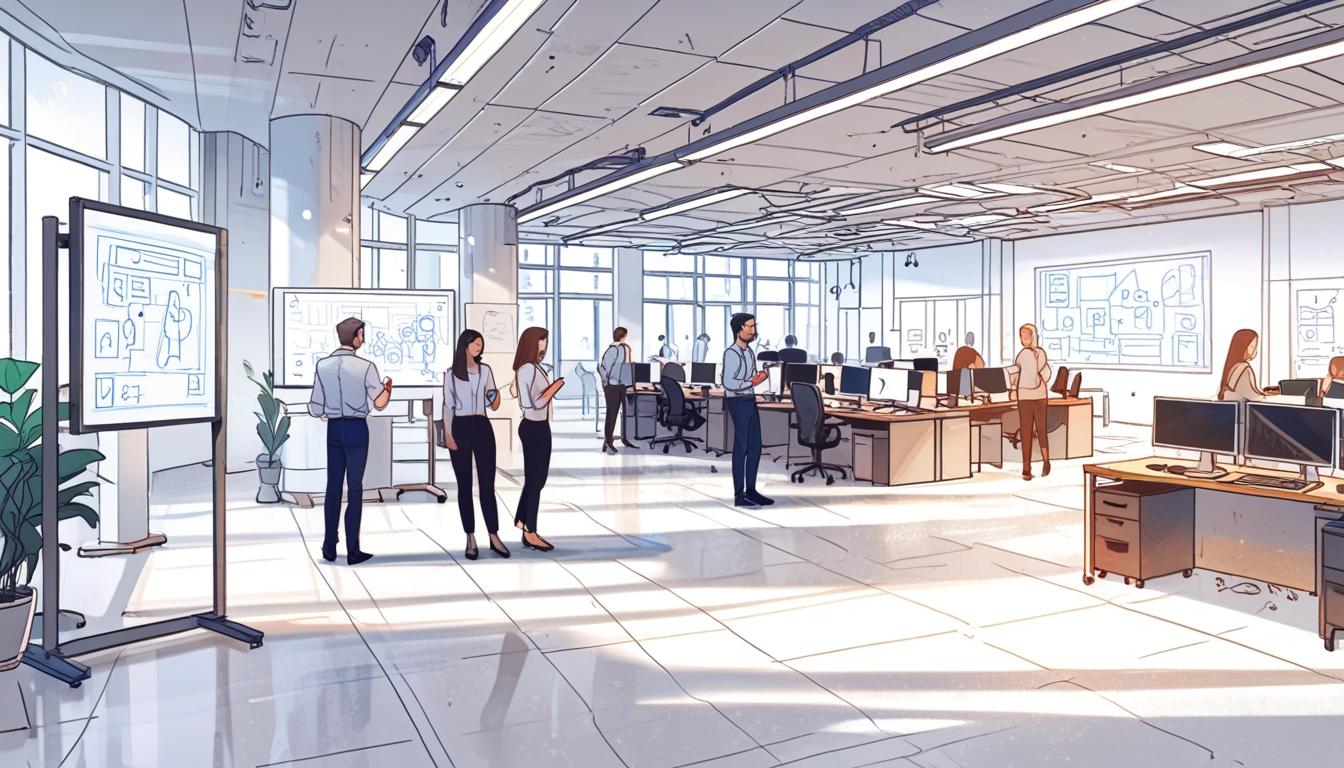Employers are increasingly turning to technology to address shifting workforce demographics and evolving work patterns, creating more user-friendly and flexible workplace environments. As highlighted by Travis Kemp, Vice President of Product Management at Korbyt, the rise of hybrid work models and return-to-office mandates have intensified the demand for seamless solutions that deliver a consistent employee experience regardless of location—be it in the office, at home, or on the move.
This transformation is not merely logistical but also cultural. With Generation Z and younger employees entering the workforce in larger numbers, the expectations around workplace technology are changing. These digital natives, accustomed to intuitive and engaging digital tools in their personal lives, now expect similar standards at work. Kemp notes that this shift is driving innovation in workplace experience platforms, which enable organisations to modernise internal communication and develop dynamic, technology-driven environments that boost productivity and engagement.
Artificial intelligence (AI) is anticipated to play a key role in further enhancing workplace experiences in the coming years. According to Kemp, while some early AI-powered tools were more hype than innovation, the current generation of software is delivering substantial benefits. These advancements include improved creation, management, and delivery of digital content, alongside optimised booking systems and space utilisation. Such tools contribute to better overall organisation of workplace workflows.
In addition to AI, experiential signage is significantly influencing how employees and visitors interact with physical spaces. This integration of striking visuals, interactive content, and sensory design techniques is creating environments that are either stimulating or calming, depending on the needs of the space. For instance, at Integrated Systems Europe (ISE) 2025, the Esports Arena demonstrated these concepts through immersive displays, dynamic lighting, and spatial audio, which enhanced audience engagement. Beyond entertainment venues, these technologies are increasingly shaping offices, lobbies, and shared areas, with the dual aim of improving both productivity and employee well-being.
The developments outlined by Kemp underscore a broader trend towards creating healthier, more engaging, and adaptable workplaces through technology, reflecting the changing expectations and needs of today’s workforce.
Source: Noah Wire Services
